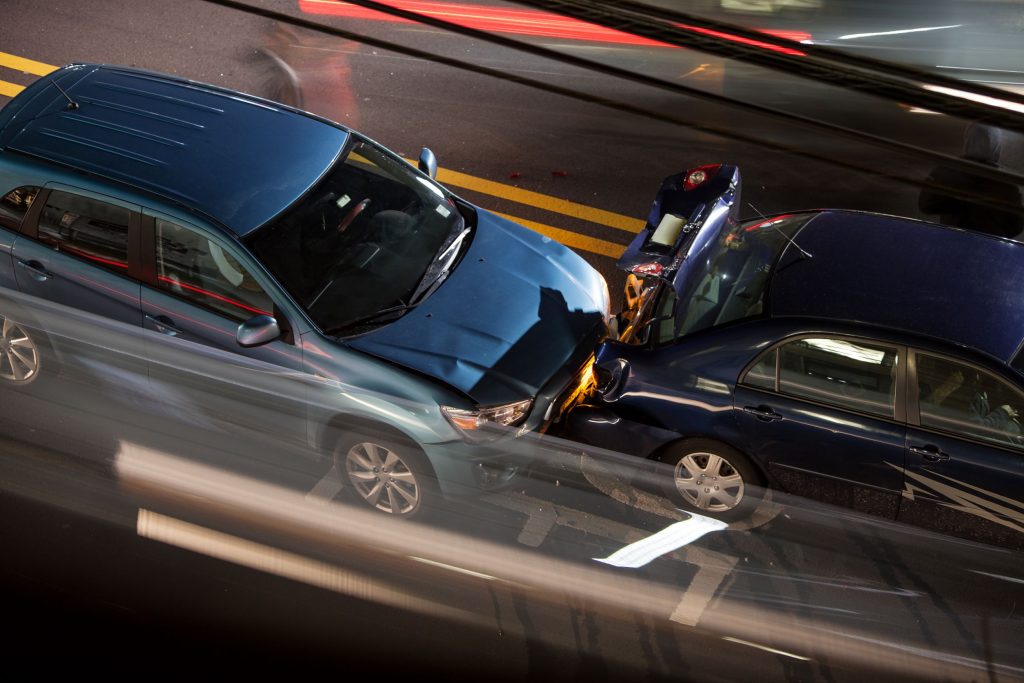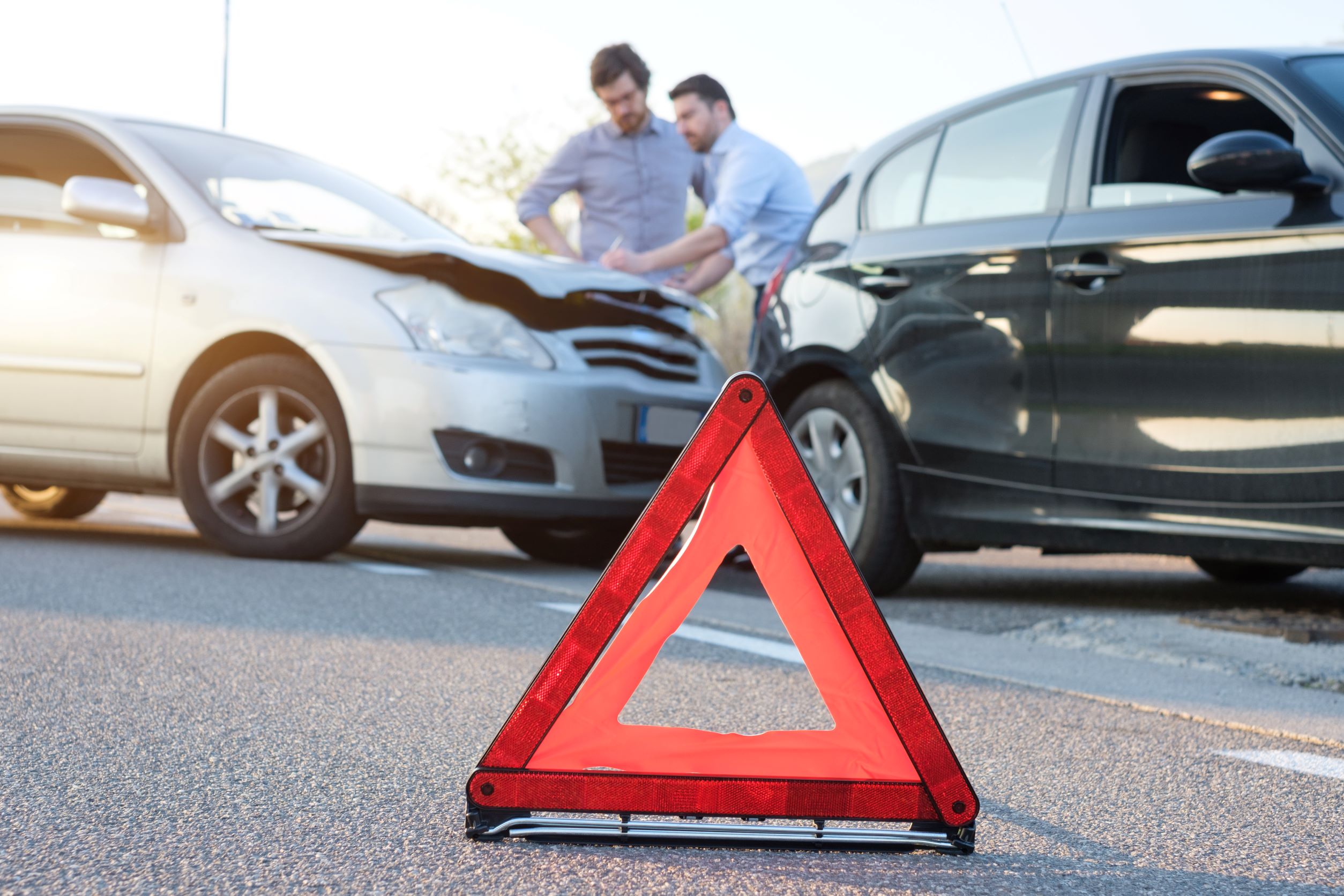4 Elements Of A Negligent Car Accident Claim
To be negligent is to fail to act with due care, whereby another person suffers hurt or harm without the perpetrator’s knowledge or intent. One common type of accident that comes from negligent actions is a car accident. When careless drivers cause car accidents, the victims may be able to get money for their medical bills, lost earnings, pain, suffering, and property damage.
Proving who should be held responsible in a car accident may appear simple initially, but it is pretty challenging. To win a case against a careless driver, the person who was hurt (the plaintiff) must prove four things: duty, breach of duty, cause of injury, and damages.

The Elements Of A Negligence Case
All of the ‘elements’ of negligence must be present for a victim to win a negligence claim and hold the other driver financially accountable for damages. To that end, you may wonder, ‘What are the elements of a negligence claim after an accident?’ If you want to know them, keep reading!
- You Were Owed A Duty Of Care By The Defendant
The defendant must have been responsible for and owed the plaintiff a responsibility to take reasonable care for there to be a claim of negligence. This duty can be established with relative ease in specific situations. For example, a truck driver has a duty to other drivers on the road to drive their vehicle safely.
Everyone does not have an obligation to take care of you. Most of the time, someone is responsible only if the injury you got could have been expected. In other words, the plaintiff must have had a reasonable expectation of suffering this harm.
- Defendant’s Actions Were A Breach Of This Duty Of Care
A driver’s legal duty is to protect the well-being of everyone who uses the roads. If they cause an accident that results in injury to another person, they have failed in their obligation. It is then up to the victim to decide whether or not to make a claim. They must first determine what led to the security compromise, though.
One’s duty of care as a driver might be broken for various reasons. In addition to carelessness, there are other forms of dangerous driving behavior. It only takes one careless act, like running a red light, to create a domino effect that could lead to disaster and serious injuries.
- Causation
A driver’s negligence must be shown to have caused the victim’s injuries and losses. It’s essential to know that causality can be either cause-in-fact or proximate. ‘Causation’ refers to a plaintiff’s injury or financial loss directly and proximately caused by the defendant’s negligence.
Cause-in-fact or actual cause is the direct cause of the accident. If a duty is breached, but the damage would not have occurred otherwise, then that violation is the actual cause of the damage. Suppose a drunk driver hits a pole, and it falls on a pedestrian, causing a brain injury. In that case, the victim or the victim’s lawyer could show that the pedestrian wouldn’t have gotten a brain injury if the drunk driver hadn’t broken the law by driving while intoxicated.
On the other hand, proximate cause must be determined by law as the primary cause of the accident. The defendant could have foreseen the harm and the severity of the injury.
- Damages
To file a negligence claim, you must have suffered compensable harm. Damages refer to both the injuries and the costs incurred due to those injuries. Damages are the final component of a negligence claim. Physical harm, such as:
- Skeletal fractures
- Thermal or mechanical burns
- Lacerations or abrasions,
- Bruises, sprains, fractures, and
- Injuries to the brain and spinal column
Economic damages are the primary type of compensation sought. These losses can be calculated with precision. The insurance company may cover the costs of your medical care and time away from work due to an injury. These monetary setbacks might be traced back to your injuries in your body and mind. Keep any relevant financial documents, like bills, receipts, invoices, pay stubs, etc., after an accident to prove monetary damages.
Noneconomic damages make up the second type of compensation available. Damages of this nature are more difficult to assess than monetary losses. They include damages to your mental health, such as sadness, rage, or impatience. But for these emotional effects to happen, there usually has to be some physical injury (there are exceptions to this rule).
It is impossible to win a negligence case without proof of financial loss. In the absence of injuries or damages, you will be denied compensation even if everything else checks out.
The Takeaway
Engaging legal counsel to act as your advocate after being hurt in a car crash is crucial. You should hire a lawyer who can assist you pursue financial restitution if you believe your accident was the product of the other driver’s negligence. Remember that getting a settlement has nothing to do with just getting hit by a car but, instead, requires the occurrence of the abovementioned events. A skilled personal injury attorney can help you argue that the other driver’s negligence led to your injuries and that you should be financially compensated for your losses.

